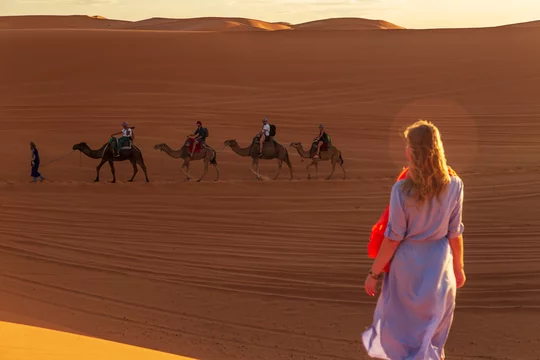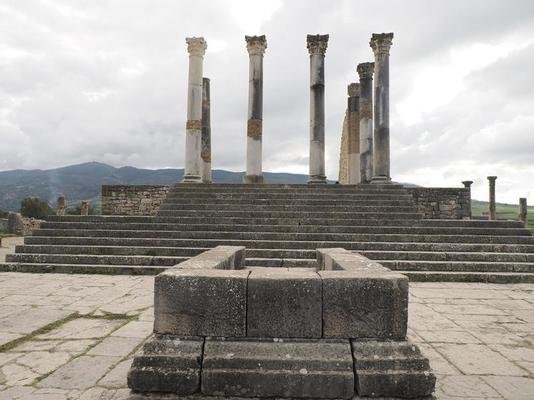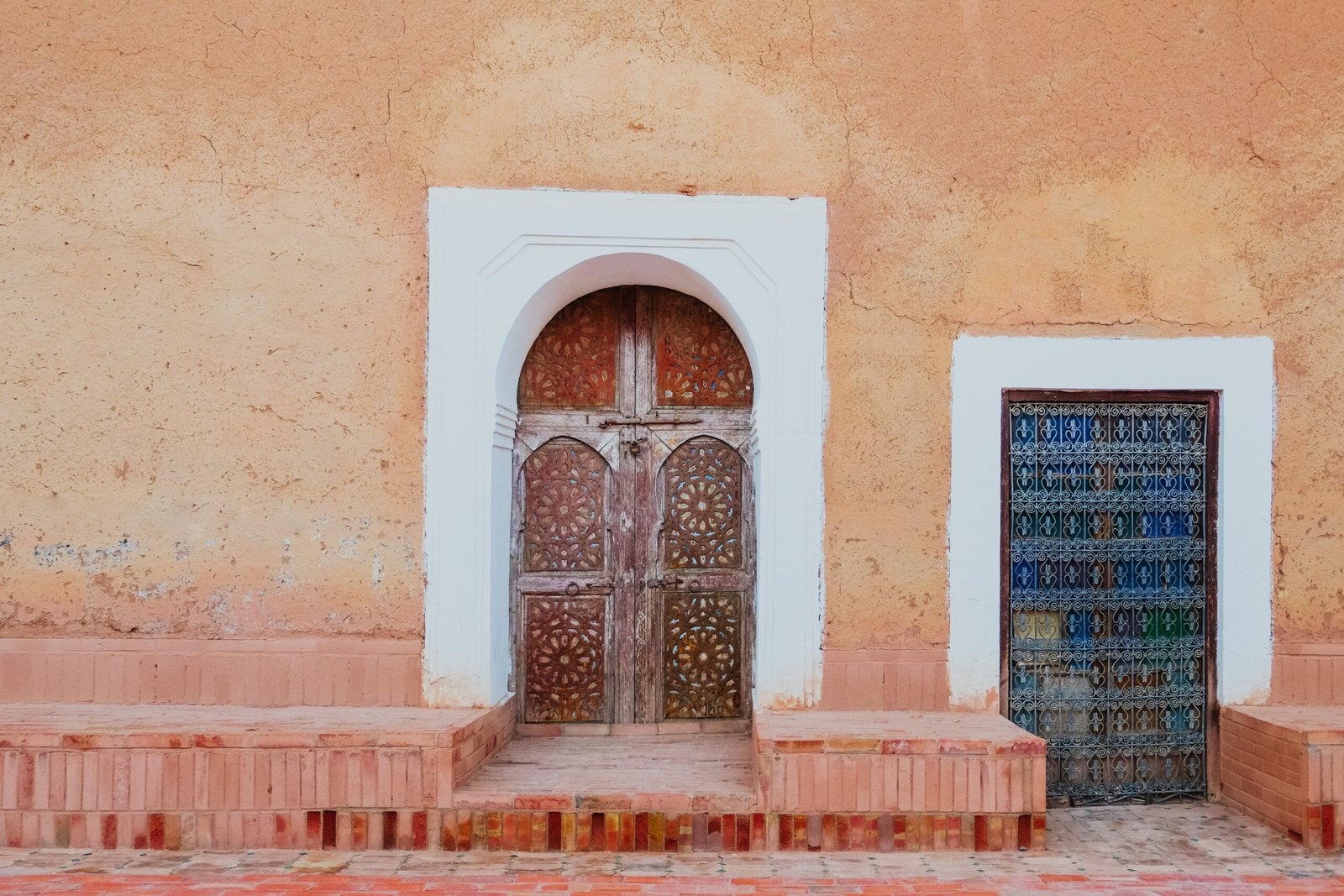The Ultimate Morocco Itinerary for First-Time Visitors
The Ultimate Morocco Itinerary for First-Time Visitors
Morocco is a country with a rich culture, stunning natural landscapes, and vibrant cities. It’s an incredible destination for first-time visitors who want to explore the best of what the country has to offer. With so many sights and experiences to choose from, planning a trip to Morocco can be overwhelming. To help make the process easier, here’s the ultimate Morocco itinerary for first-time visitors.
Day 1-2: Marrakech Start your trip in Marrakech, one of the most famous cities in Morocco. Spend your first day exploring the medina, a UNESCO World Heritage site that’s filled with narrow streets, markets, and historic buildings. Be sure to visit the Koutoubia Mosque, Bahia Palace, and Saadian Tombs. In the evening, head to the Djemaa el-Fnaa square, where you’ll find street performers, food stalls, and traditional music.
On your second day in Marrakech, take a day trip to the Atlas Mountains, which are just a short drive from the city. Visit the village of Imlil, where you can take a guided hike through the mountains, enjoy a traditional Berber lunch, and learn about local culture and traditions.
Day 3-4: Essaouira Next, head to Essaouira, a charming coastal town that’s known for its white-washed buildings, fresh seafood, and laid-back atmosphere. Spend your first day exploring the medina, which is surrounded by ramparts and filled with art galleries, cafes, and boutiques. You can also visit the beach and try your hand at windsurfing or kitesurfing.
On your second day in Essaouira, take a trip to the nearby village of Sidi Kaouki, where you can relax on the beach, ride horses, or hike in the dunes. You can also visit a local argan oil cooperative and learn about how this famous Moroccan product is made.
Day 5-6: Fes Next, head to Fes, one of the most historic cities in Morocco. Spend your first day exploring the medina, which is the largest in the world and is filled with narrow streets, historic buildings, and markets. Be sure to visit the Bou Inania Madrasa, the Al-Attarine Madrasa, and the Zaouia Moulay Idriss II.
On your second day in Fes, take a day trip to the nearby Roman ruins of Volubilis, which are some of the best-preserved in North Africa. You can also visit the nearby holy city of Moulay Idriss, which is an important pilgrimage site for Muslims.
Day 7-8: Chefchaouen Finish your trip in Chefchaouen, a picturesque mountain town that’s famous for its blue-painted buildings and laid-back atmosphere. Spend your first day exploring the medina, where you’ll find winding streets, artisanal shops, and stunning views of the surrounding mountains.
On your second day in Chefchaouen, take a hike in the nearby Talassemtane National Park, where you’ll find waterfalls, rivers, and stunning natural beauty. You can also visit the nearby Spanish Mosque, which offers breathtaking views of the town and surrounding countryside.
In conclusion, this ultimate Morocco itinerary offers a great mix of history, culture, nature, and relaxation. Whether you’re interested in exploring cities, hiking in the mountains, or relaxing on the beach, Morocco has something to offer everyone.












